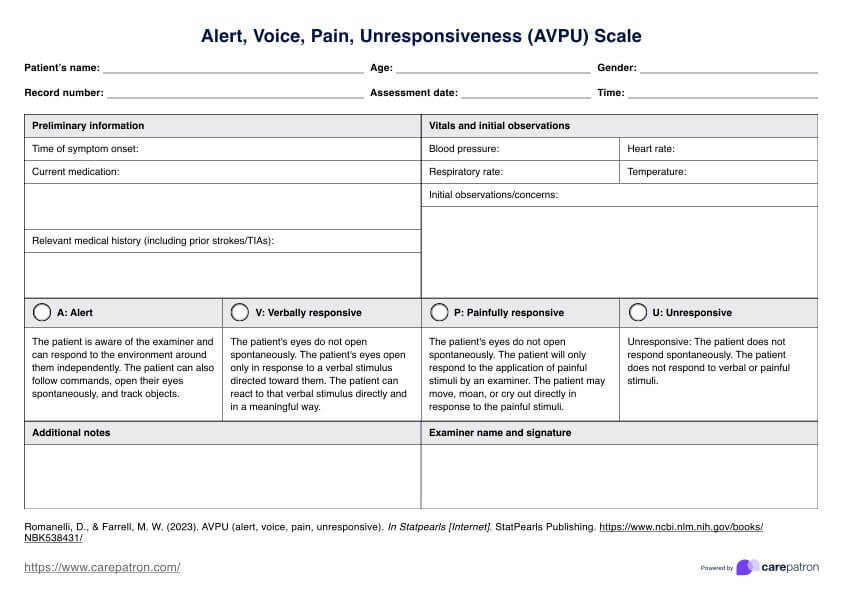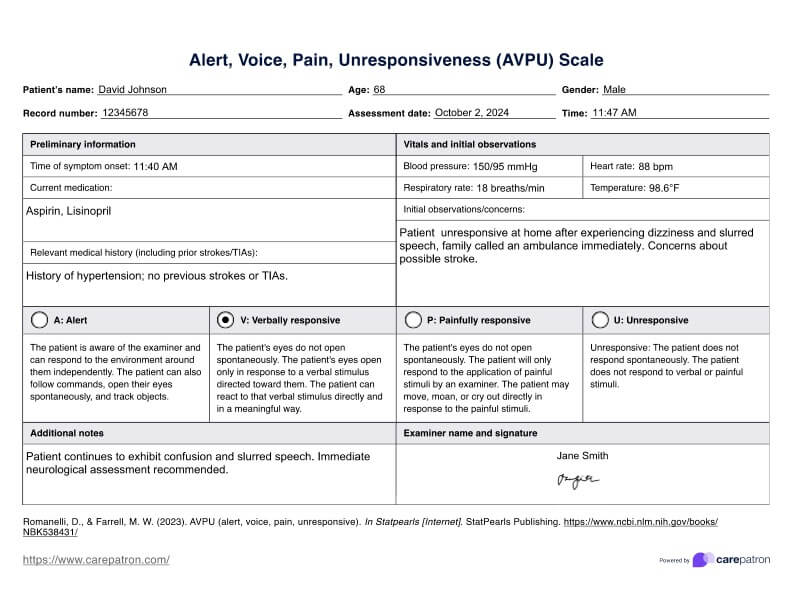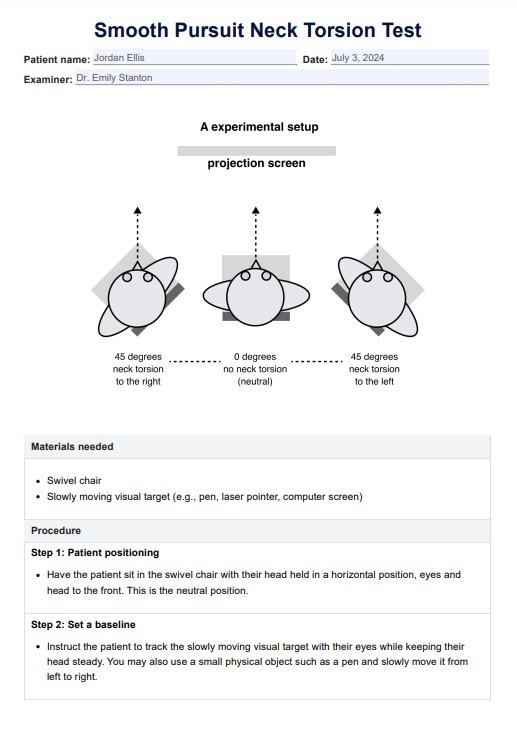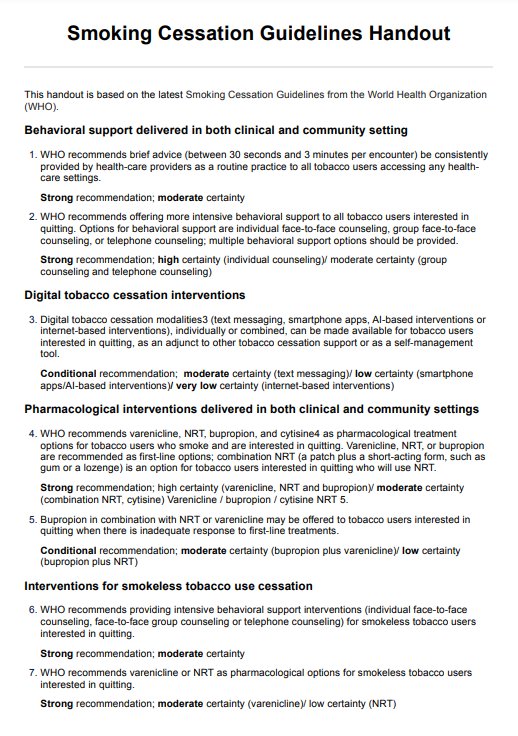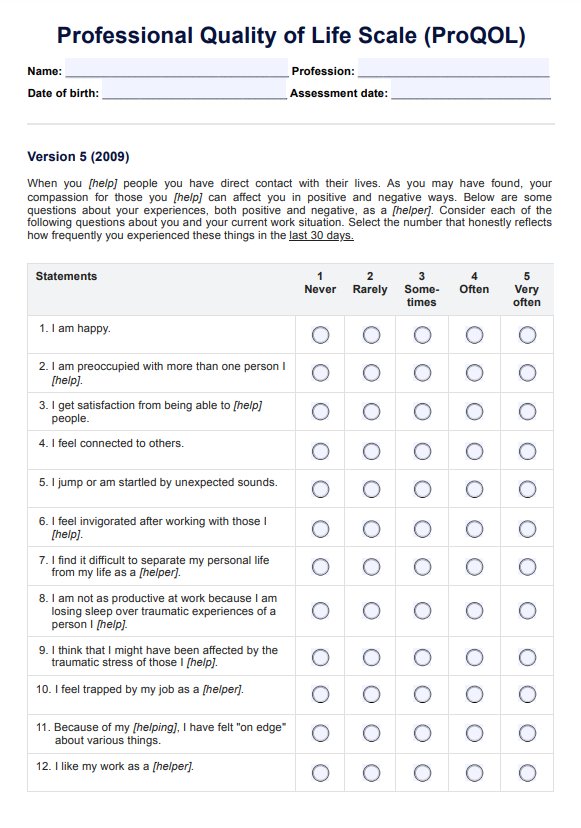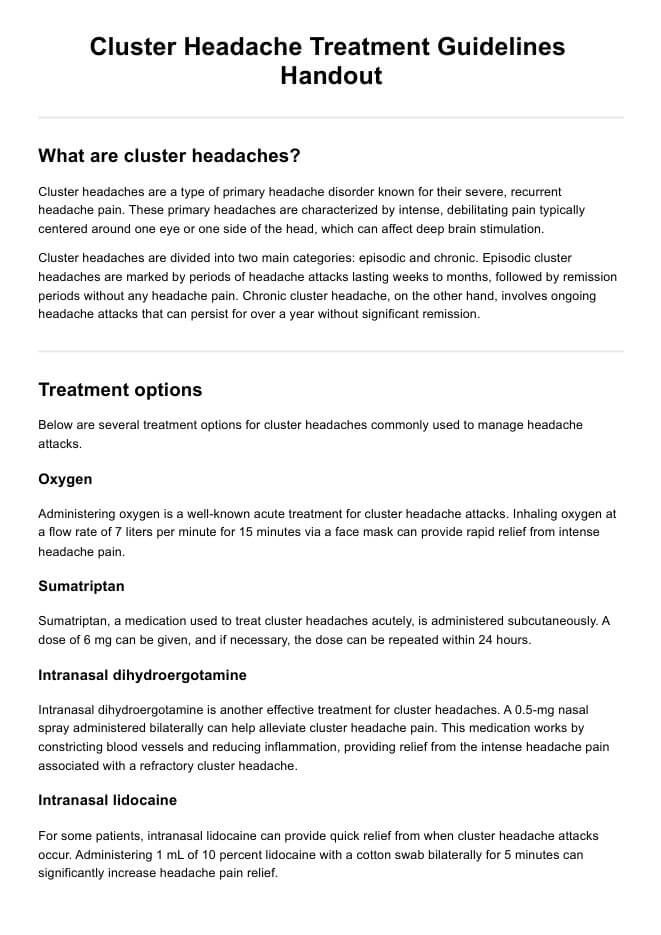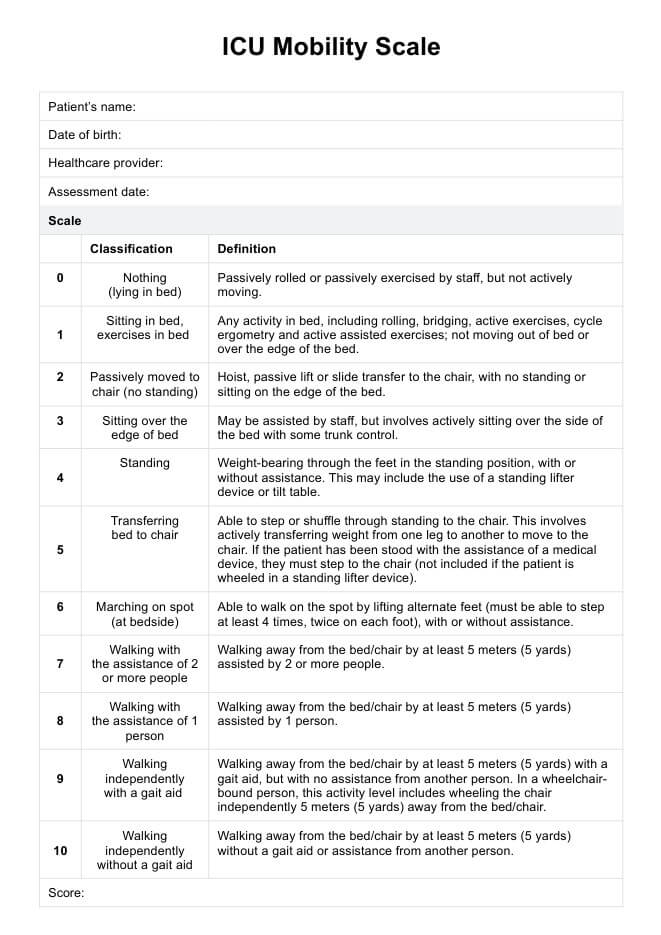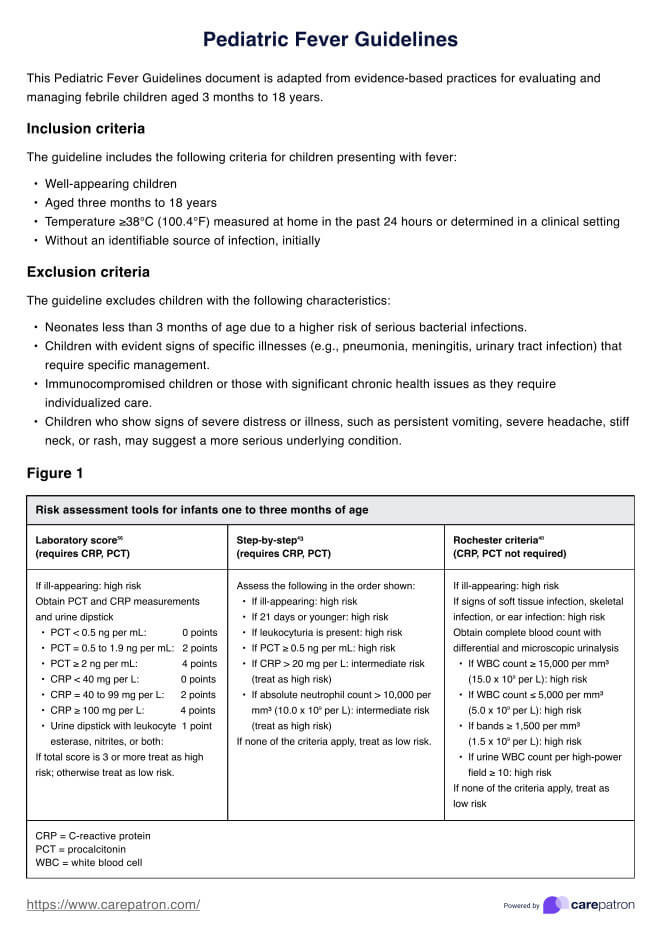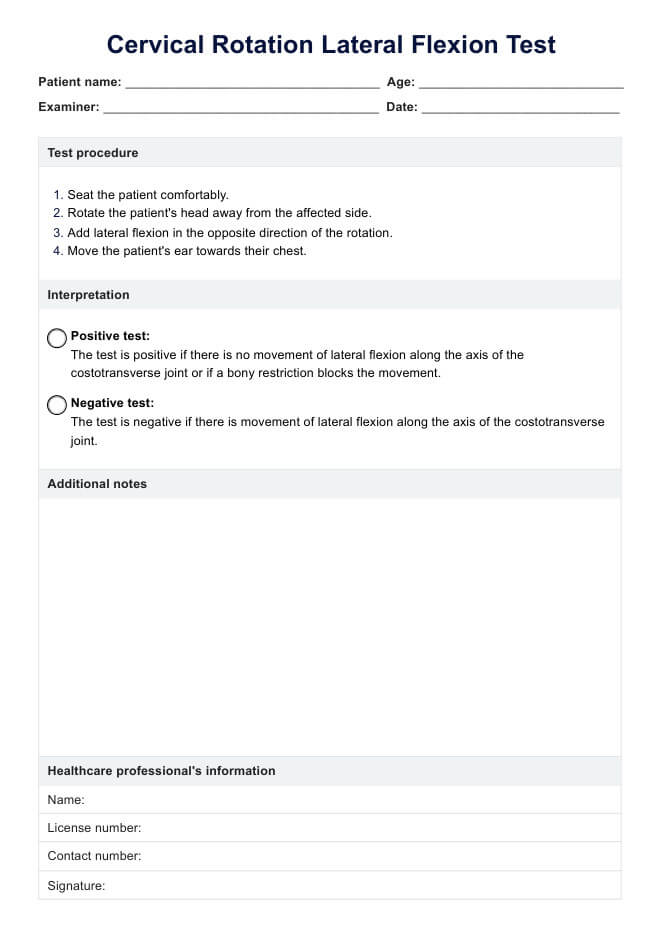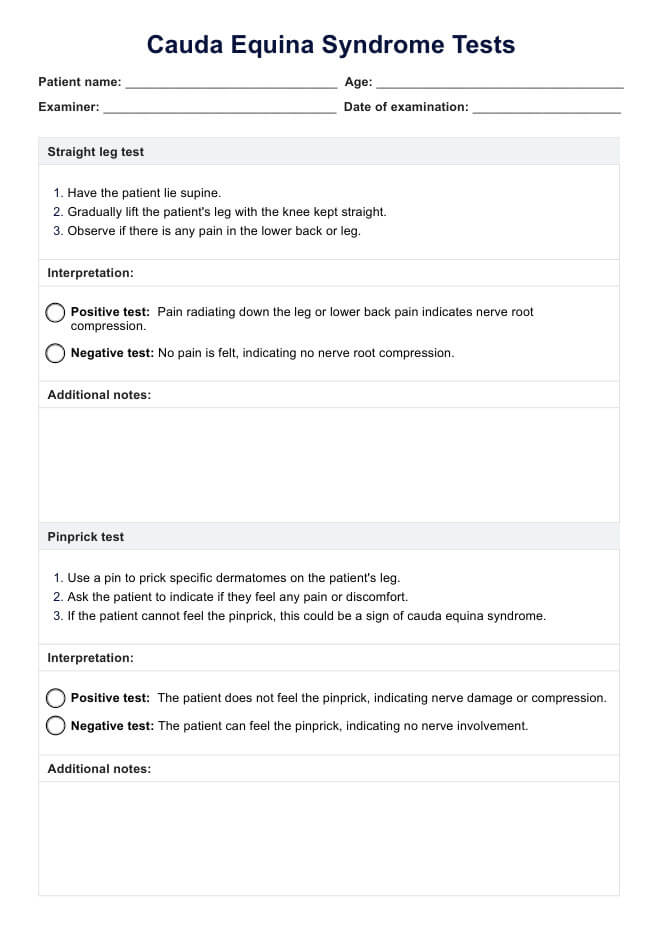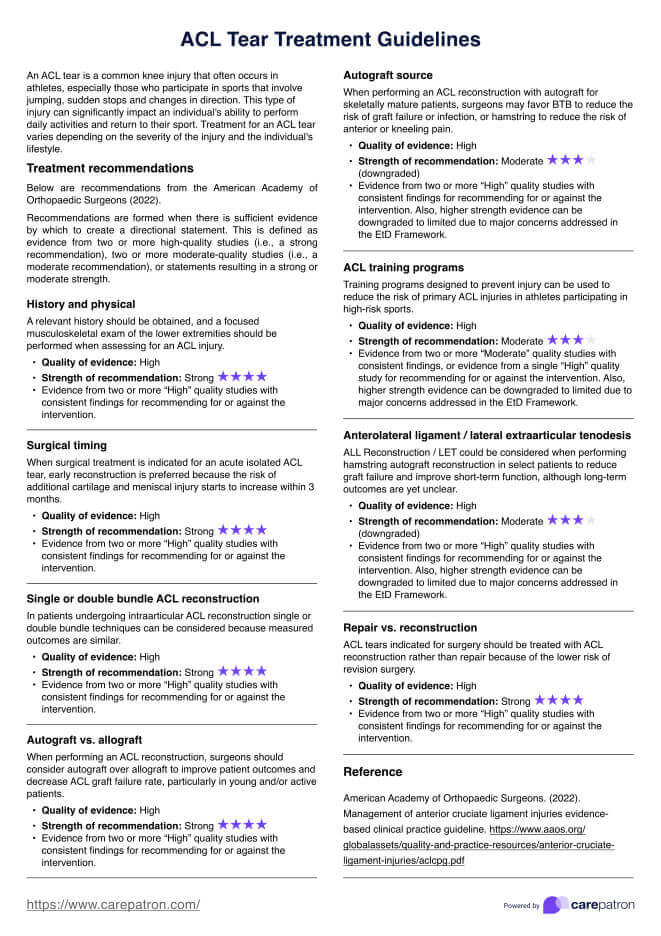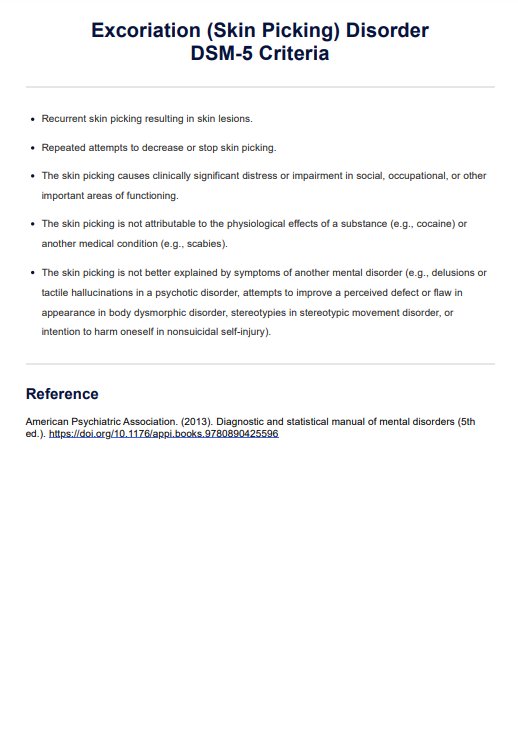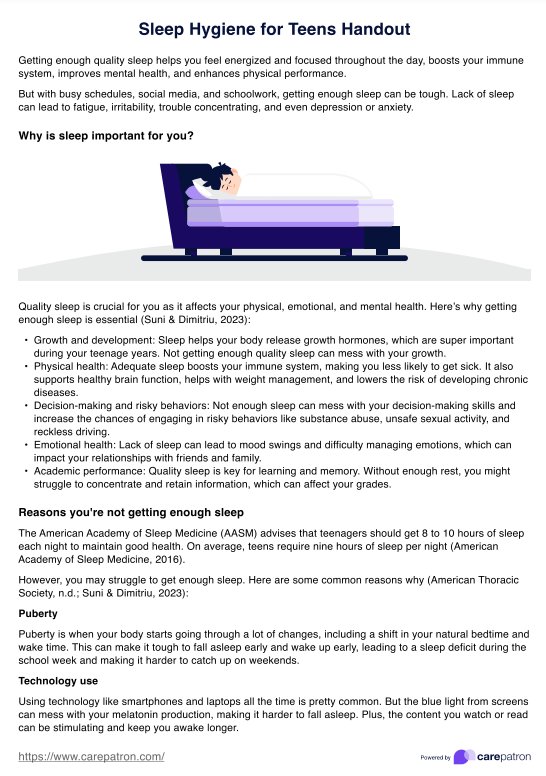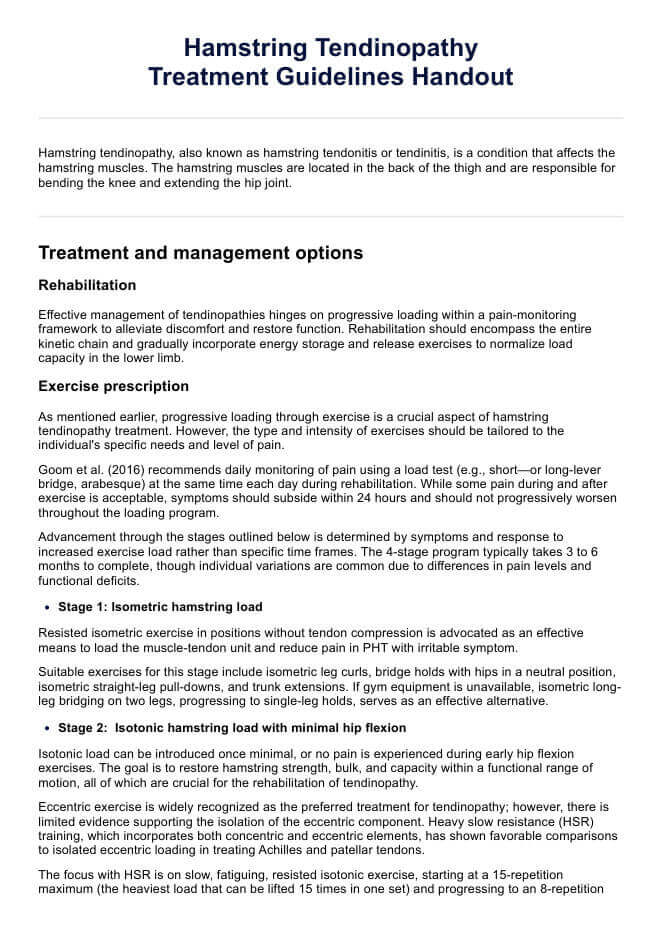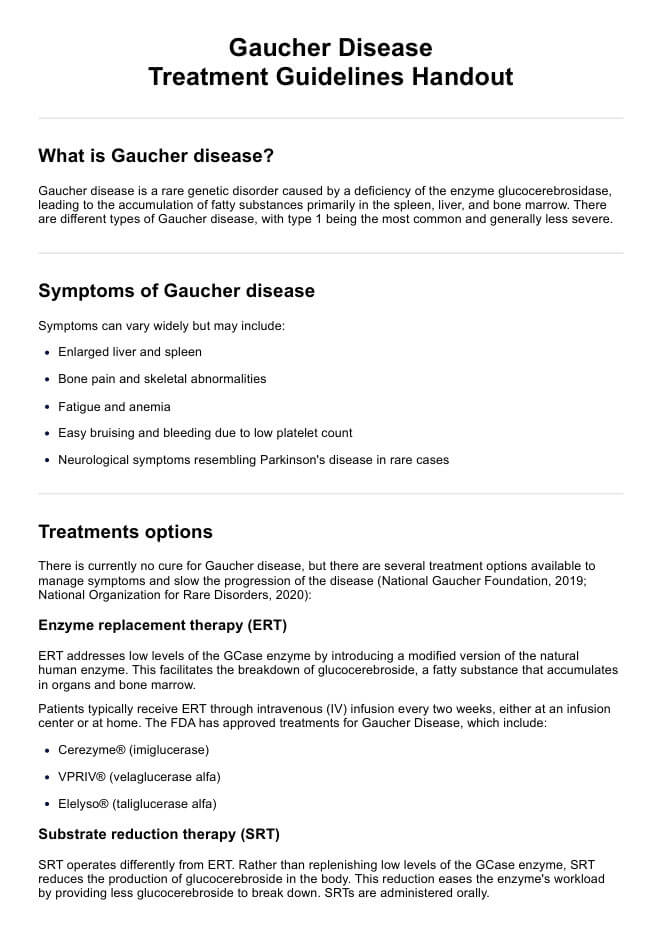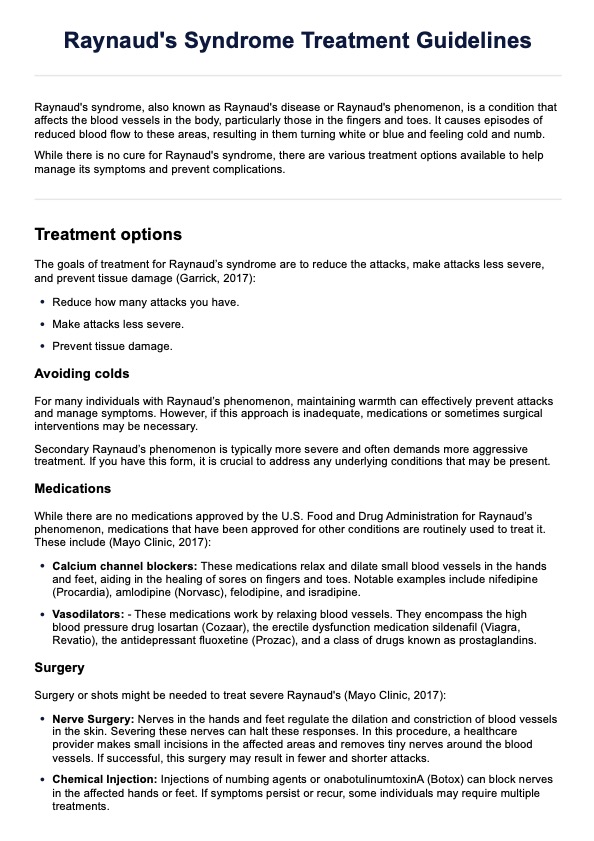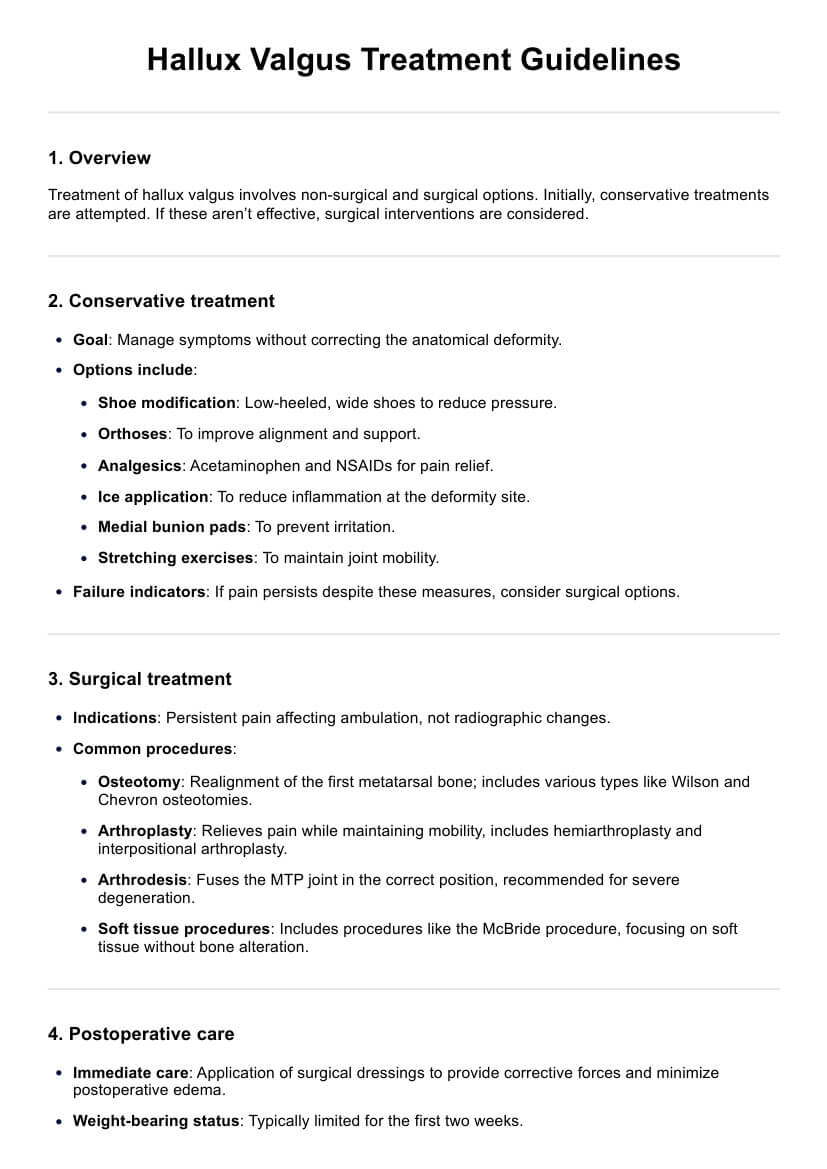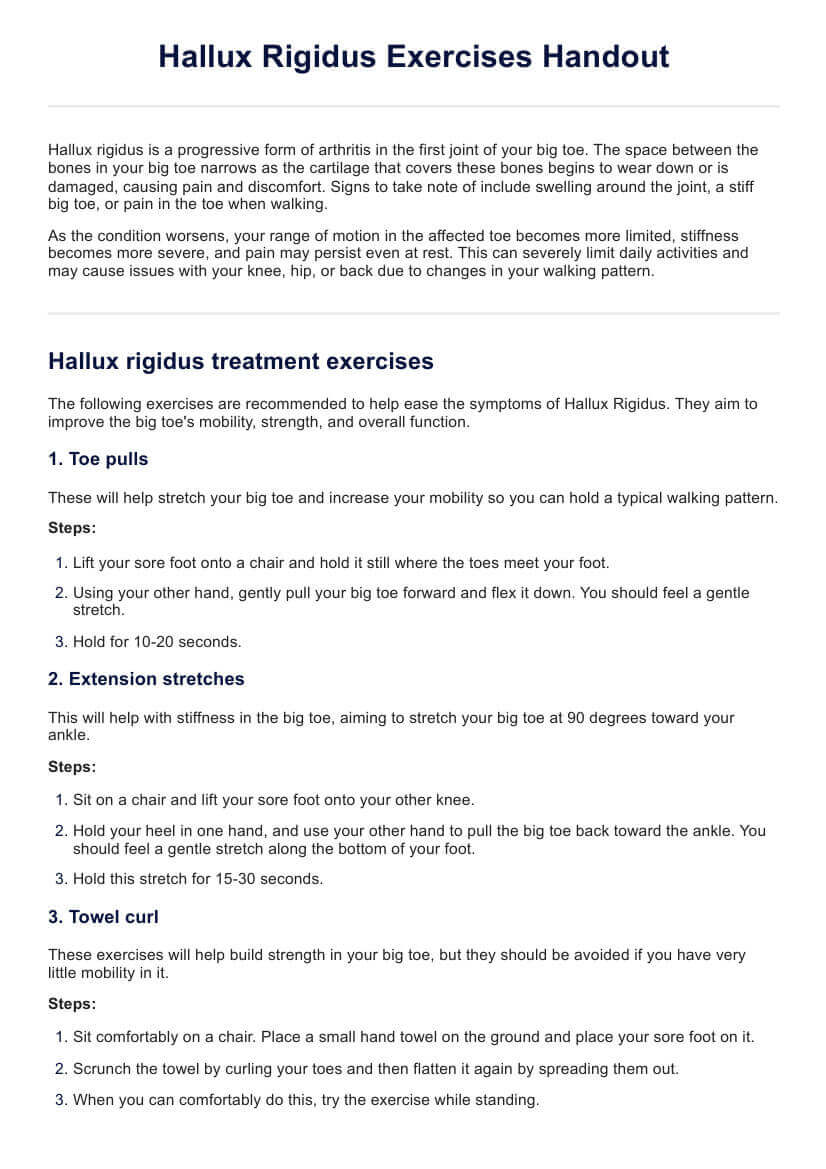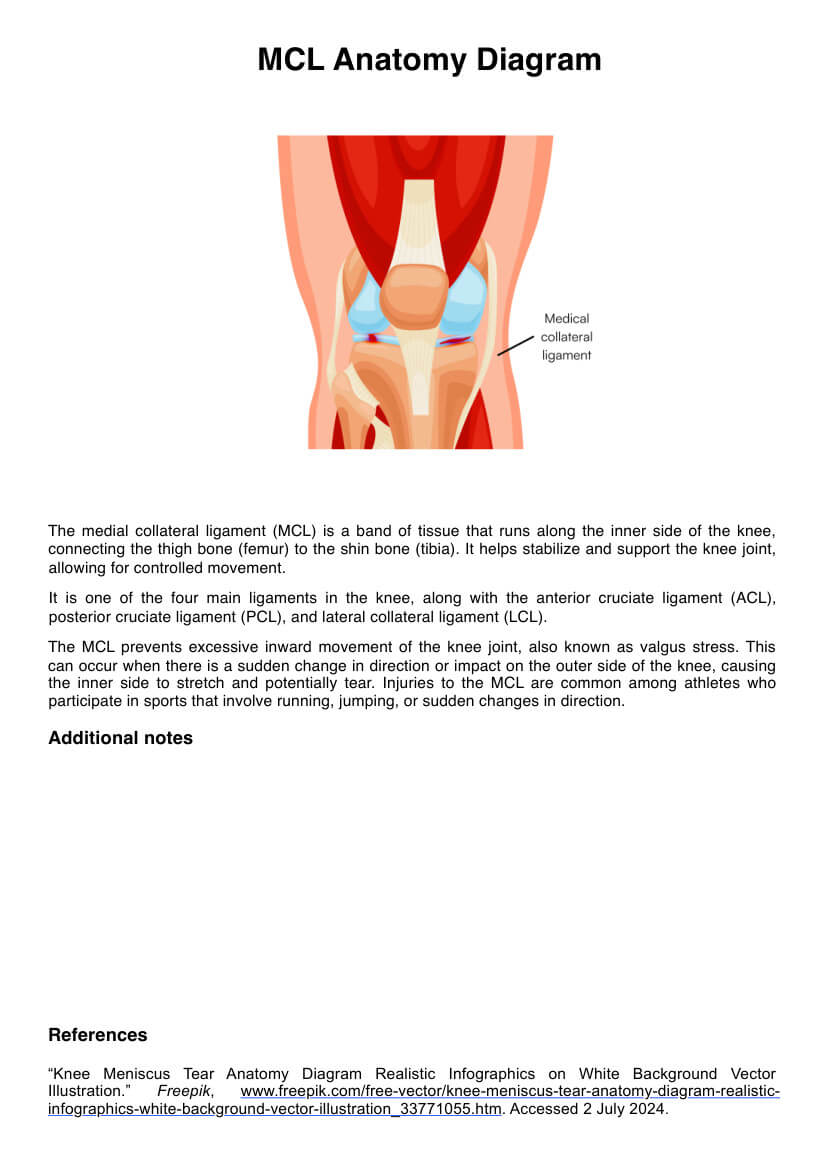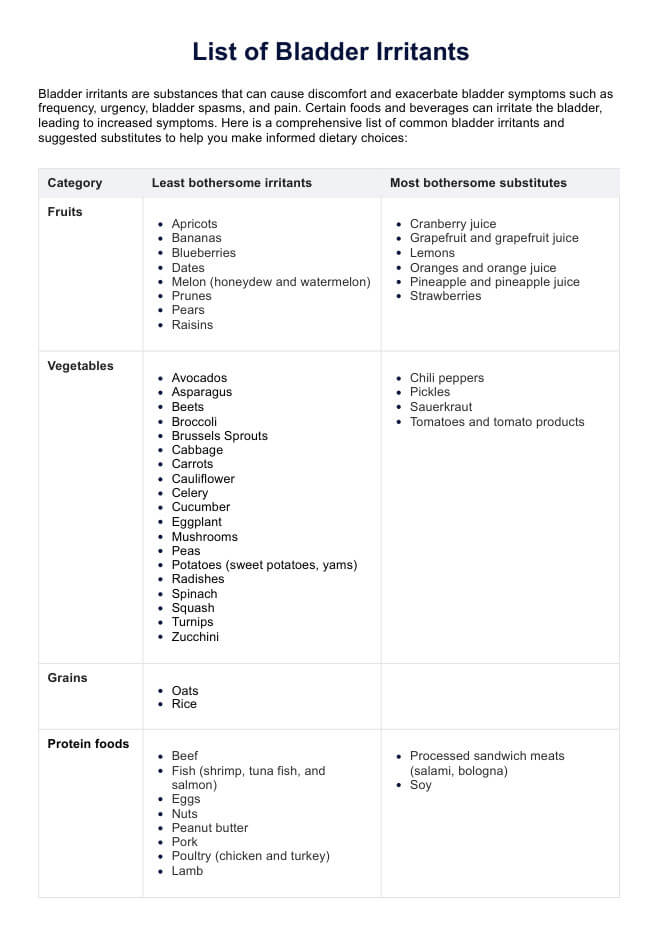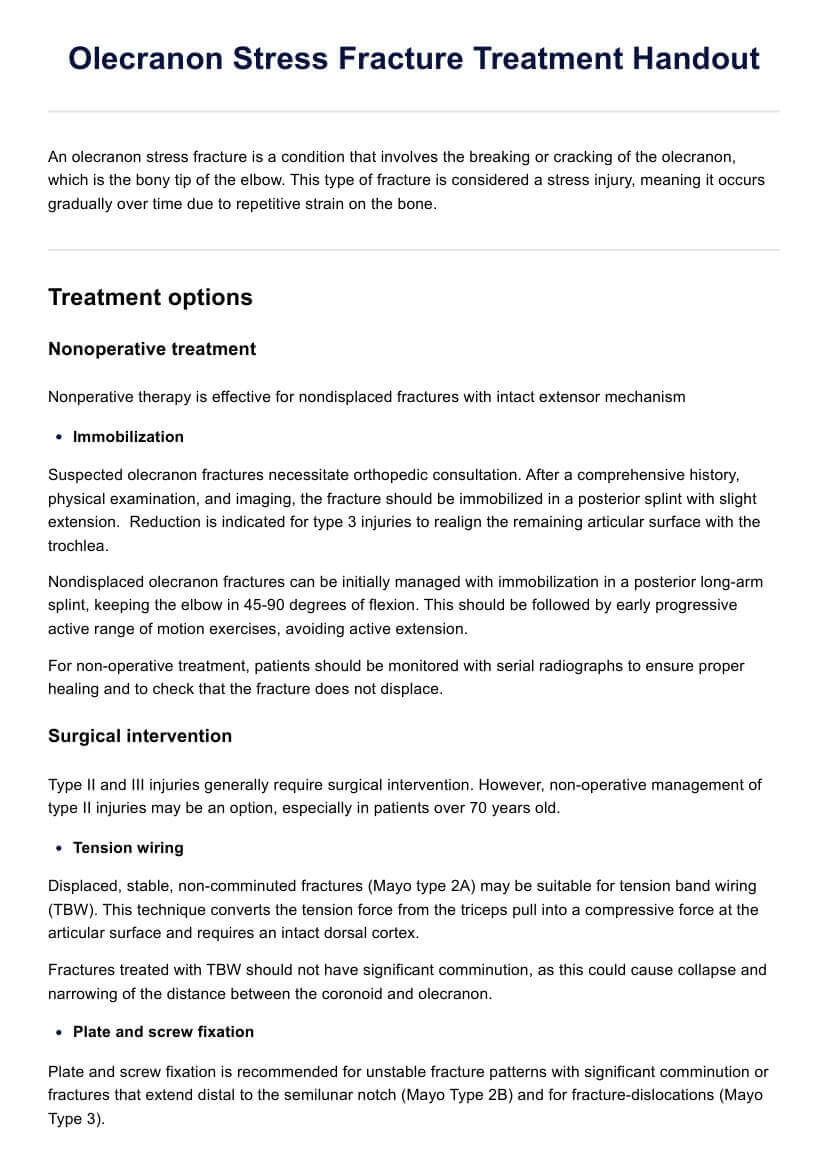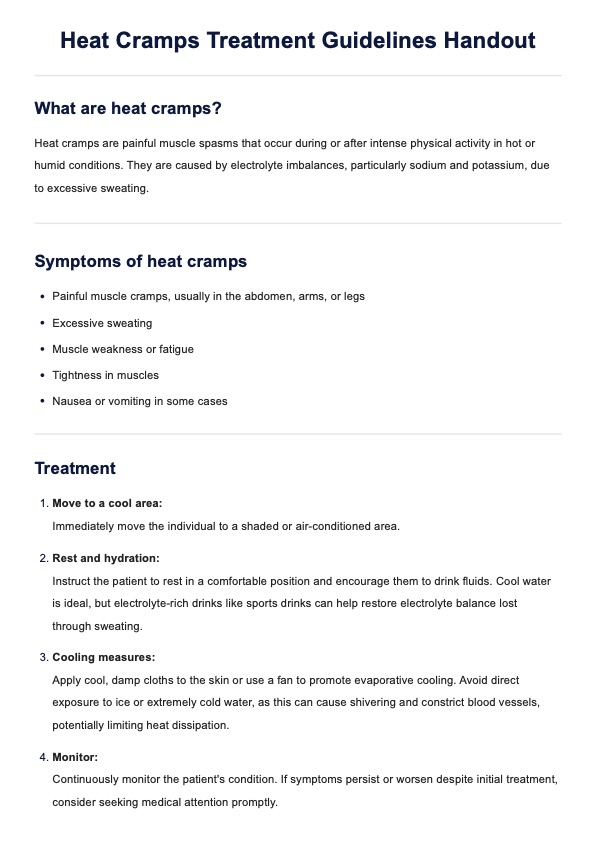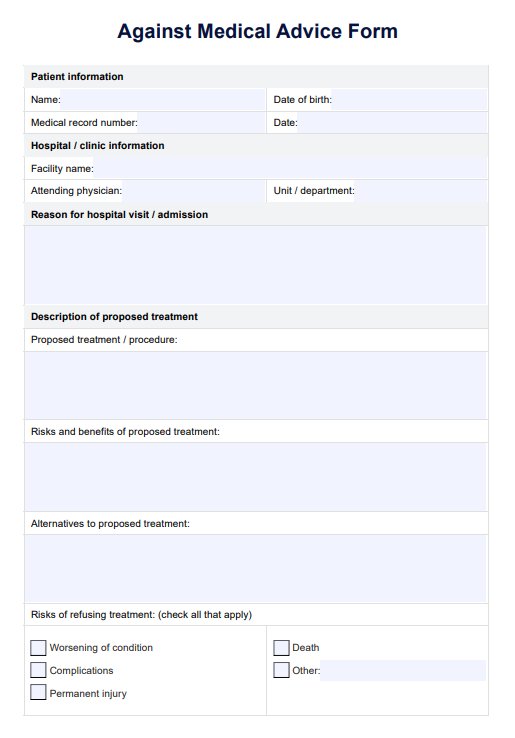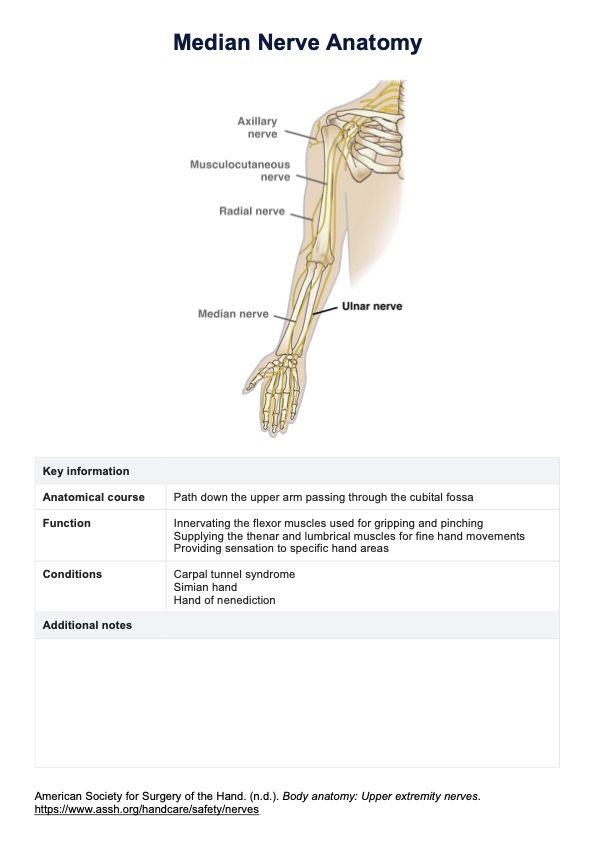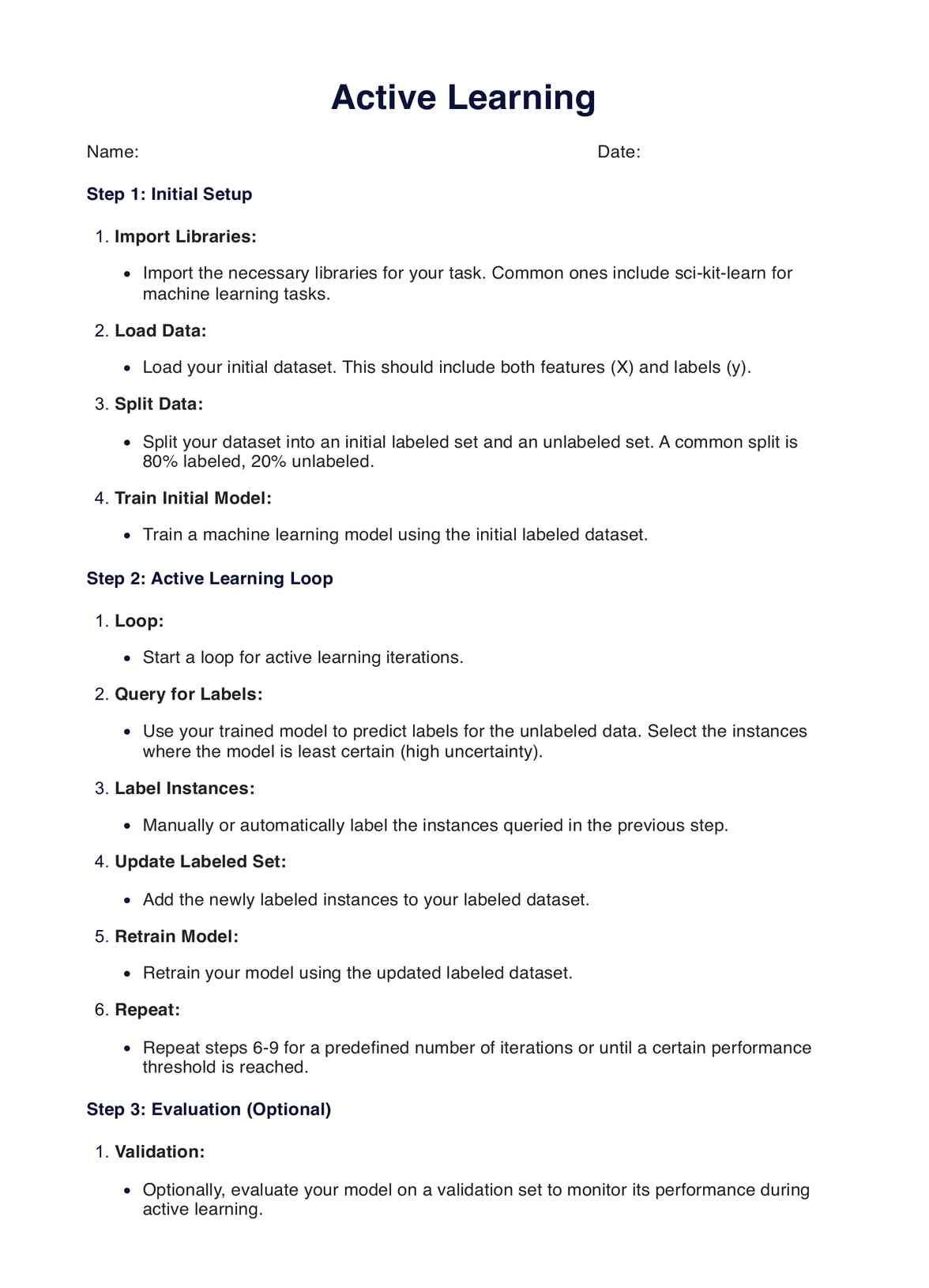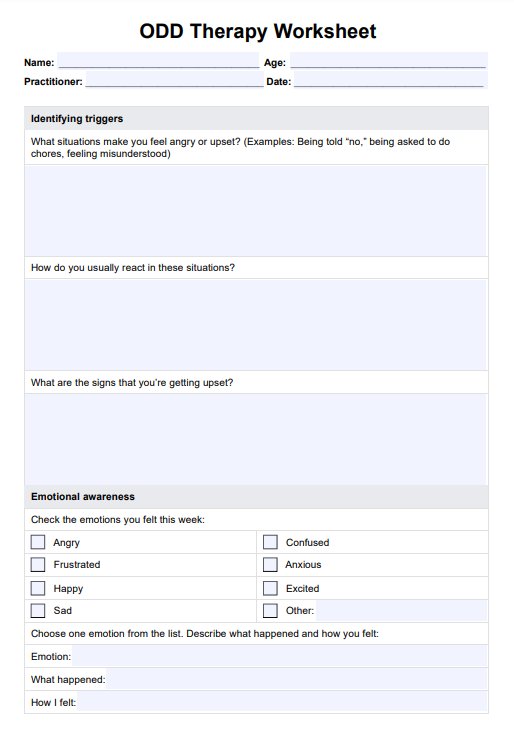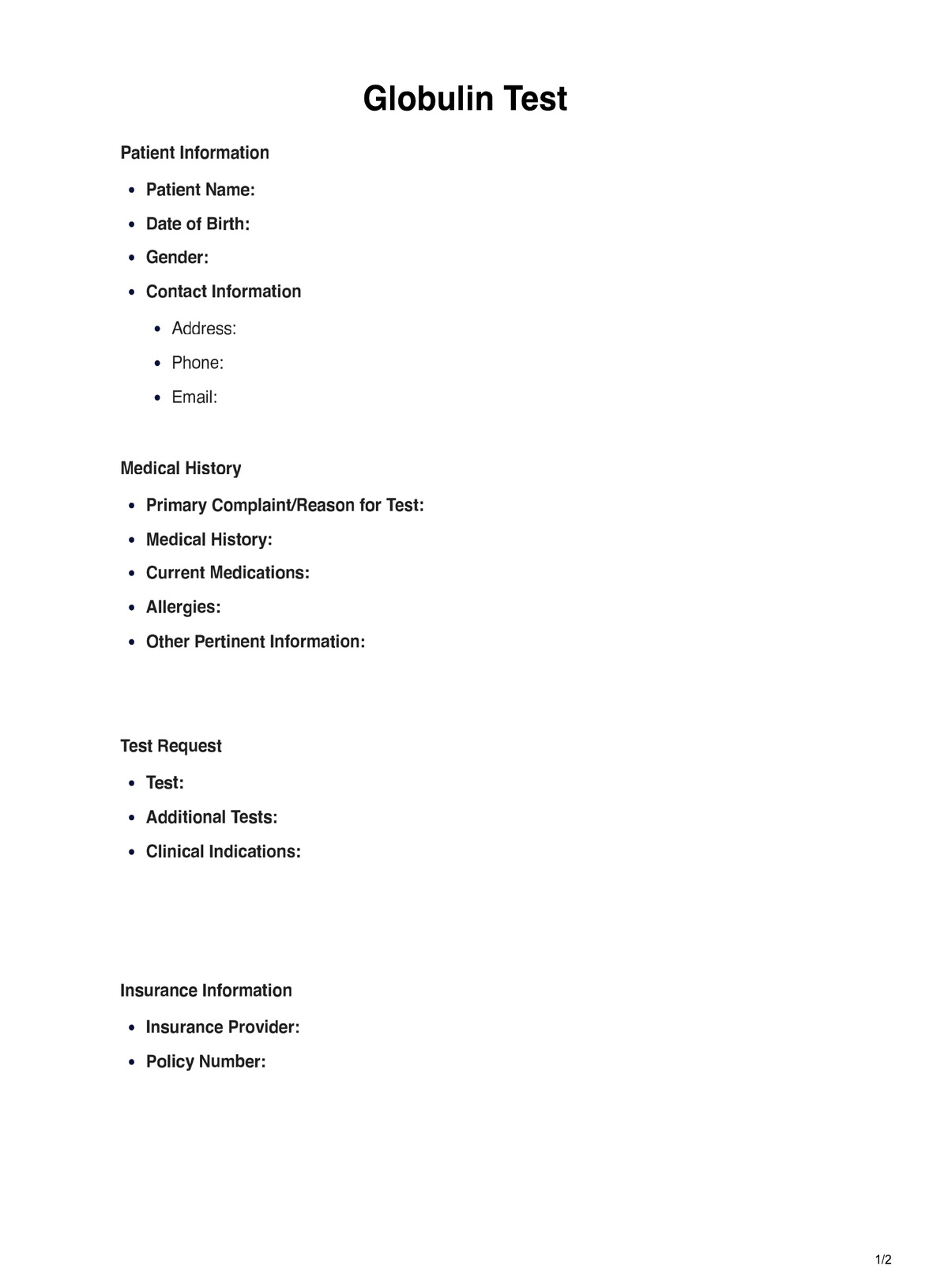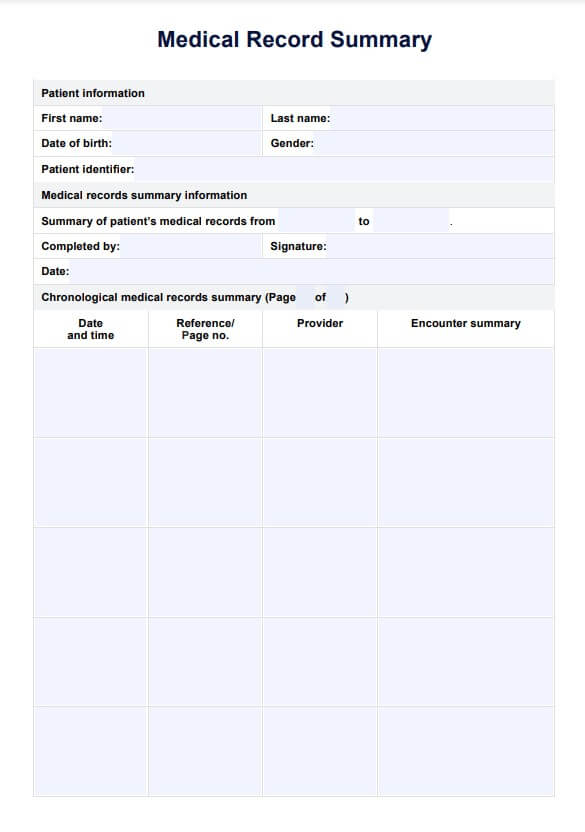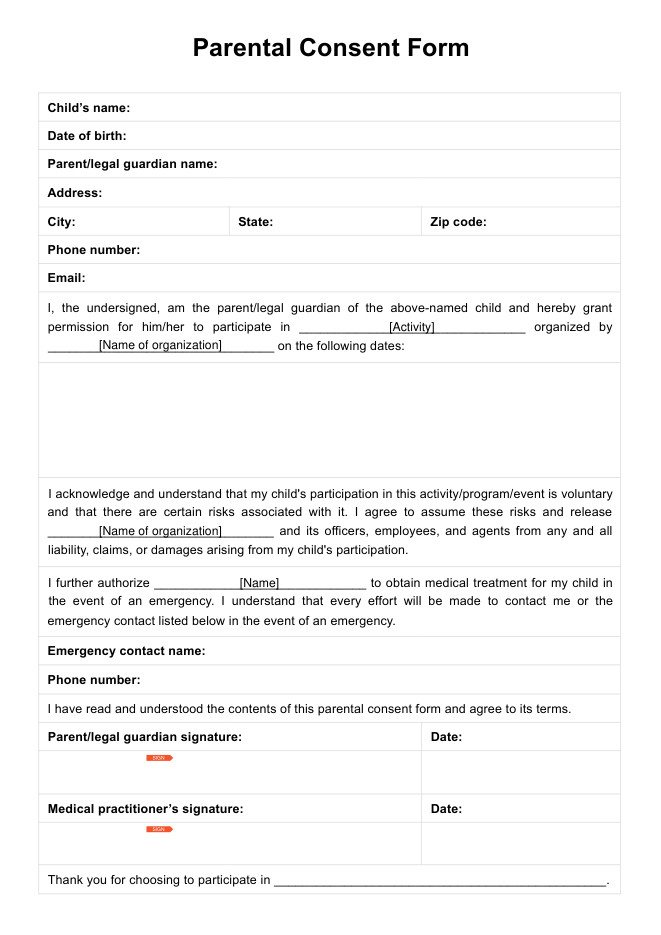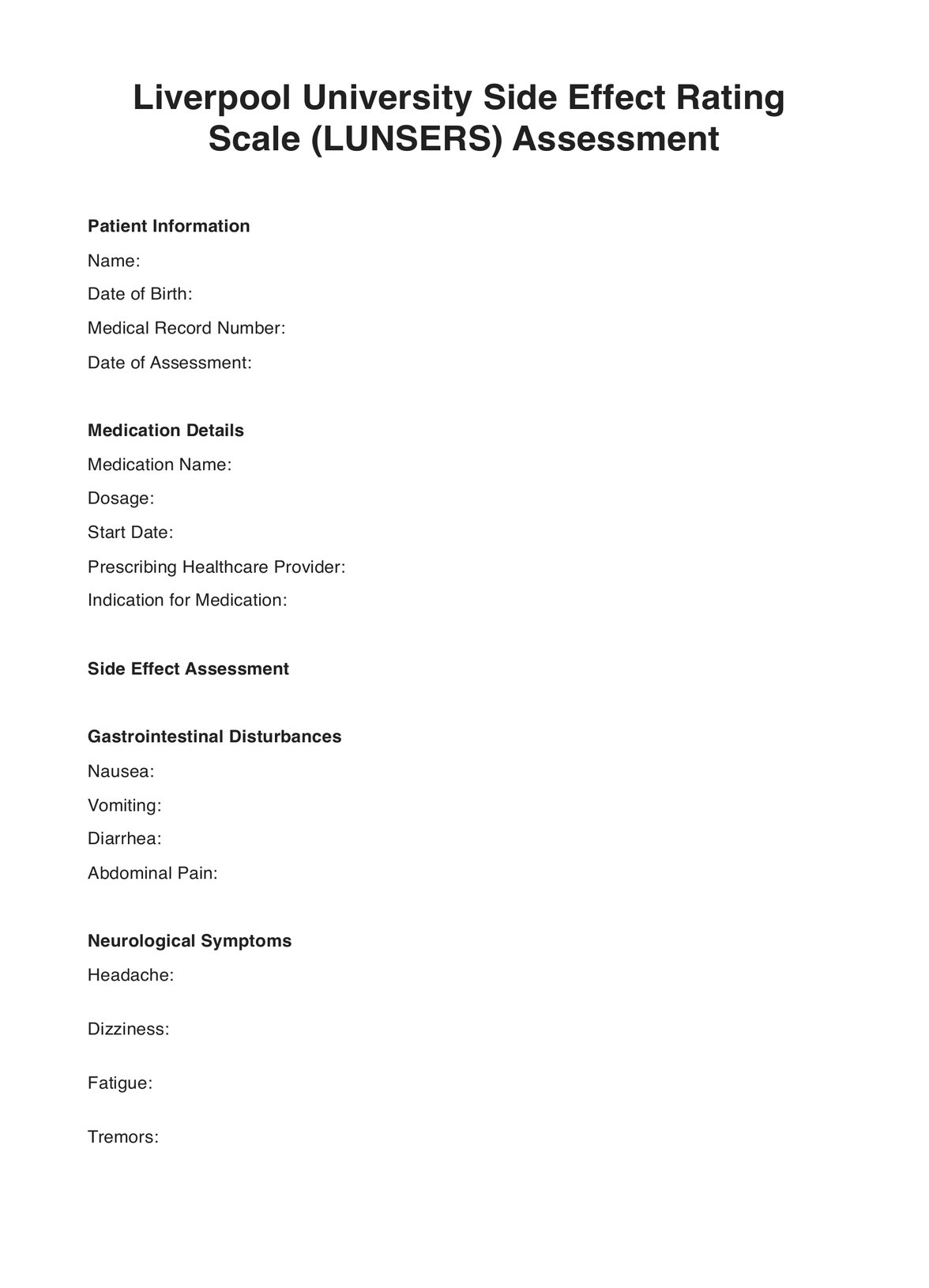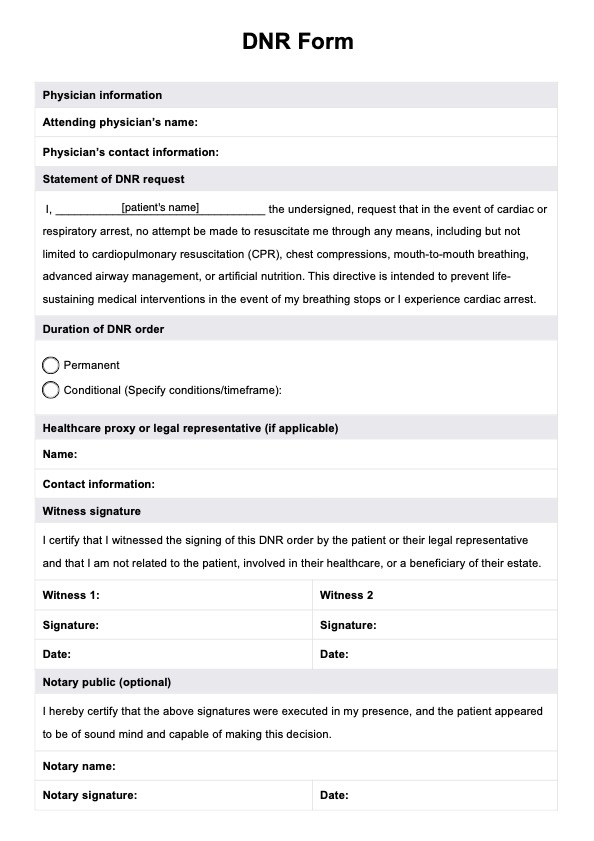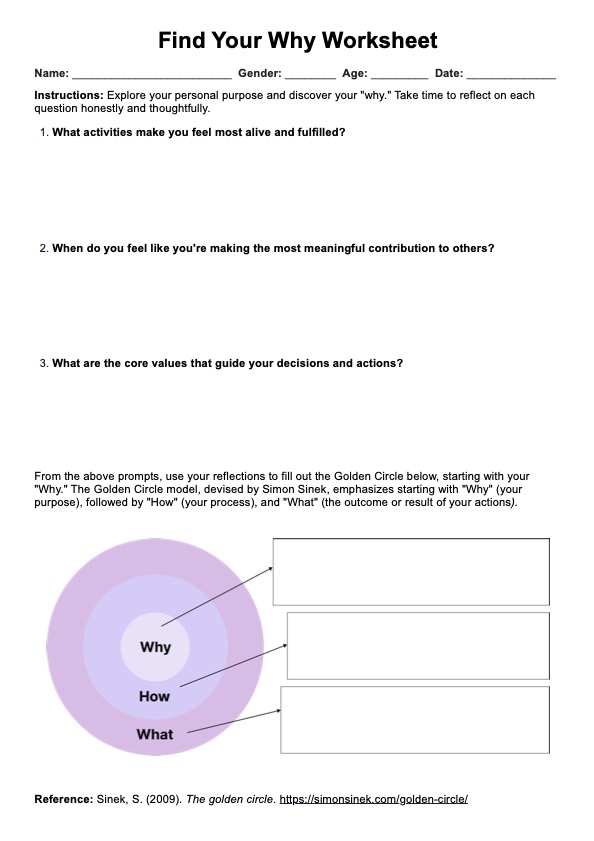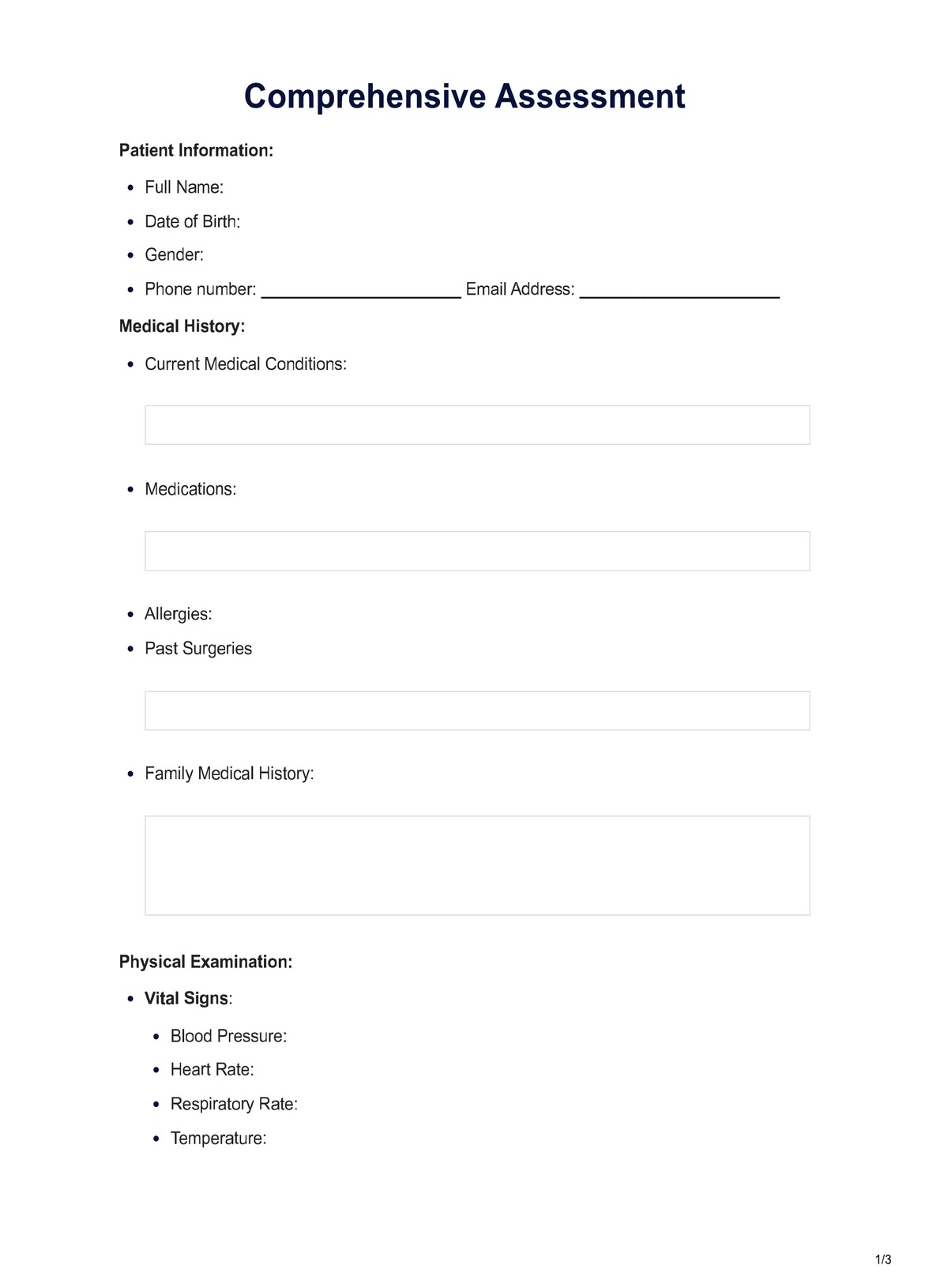AVPU Scale
Learn more about the AVPU Scale, a tool for rapid, consistent assessment of a patient's mental state. Use our free template today.


What is an AVPU Scale?
The Alert, Voice, Pain, Unresponsive Scale, or the AVPU Scale, is a tool used by healthcare professionals and first aid responders to detect altered mental status (AMS) and describe the level of consciousness of a patient. It is used by all healthcare providers, especially those who conduct procedures, administer treatment, and provide emergency treatment. It is particularly useful for EMTs and paramedics transporting trauma patients to a medical facility. It's one of the most essential tools that healthcare professionals and providers should have.
The AVPU Scale is divided into four parts:
- A = This stands for Alert. This means that the patient is awake. However, even if they are awake and alert, they will likely be dazed and confused, especially if on medicine that makes them groggy or disoriented or if they were in an accident. Their eyes also open spontaneously, they can follow commands, and they are aware of their environment
- V = This stands for Voice. This means the patient is conscious enough to respond to verbal stimuli and can respond either through speech (or a groan), opening their eyes, or moving certain limbs when a professional prompts them to do so.
- P = This stands for Pain. This means that the patient is not conscious enough to respond to verbal stimuli and commands, but they are conscious enough to respond to a pain stimulus.
- U = This stands for Unconscious. This means the patient isn't conscious and won't respond to anything.
Many tools and assessments incorporate the AVPU, such as the Rapid Response Activation Criterion, which helps healthcare teams identify and act on early signs of deterioration.
AVPU Scale Template
AVPU Scale Example
How to use the AVPU Scale template
Our template provides the AVPU scale's details for quick assessment and includes fields for vital signs, making it a practical resource for EMS and healthcare providers. Here’s how to use it effectively:
Step 1: Access the template
Open the AVPU Scale template using the "Use template" button on the Carepatron app, or "Download" the PDF for offline use. Keep a printed copy handy during emergency situations.
Step 2: Assess the patient
Begin your patient assessment by checking their level of consciousness using the AVPU scale. This quick screening helps detect potentially life-threatening issues.
- Alert: If the patient is alert, mark them as A.
- Voice: If they respond to verbal stimuli, mark them as V.
- Pain: If they only respond to a painful stimulus (e.g., a pinch), mark them as P.
- Unresponsive: If they don’t respond to anything, mark them as U.
Step 3: Record vital signs
Use the template to log the patient's vital signs, such as blood pressure, heart rate, respiratory rate, and temperature. This data helps in tracking the patient's condition over time and identifying central pain stimulus responses.
Step 4: Discuss results with the care team
If the patient is conscious, discuss the results with them. Explain how the AVPU Scale helps assess their mental status and may guide further testing or care.
Step 5: Monitor and reassess
For admitted patients or those in transit, monitor their level of consciousness regularly and update the AVPU Scale accordingly. Changes in the AVPU score can indicate improvement or deterioration, prompting urgent intervention if necessary.
When is it best to use the AVPU Scale?
The AVPU Scale was designed to assess the level of consciousness of patients, so the most appropriate time to use this is when you are dealing with an unconscious patient.
An example of a good time to use the AVPU Scale is when an accident occurs somewhere (let's go with vehicular), and people are knocked unconscious because of the impact. Let's stipulate that you're a first-aid responder who happened to be in the area and saw the accident. The first thing to do is ensure the people involved in the accident are out of harm's way and can be placed in a recovery position if they are unconscious. If they are unconscious, you should check if they respond to verbal stimuli. If not, try pain stimuli.
Another appropriate time would be when a patient is rushed to the hospital because they fell unconscious due to an illness or injury. One of the first things you should do is check if you can rouse them with verbal stimuli, then painful stimuli if the former doesn't work. Whichever the result, mark accordingly on the scale before having the medical team perform a procedure like the ABCDE Assessment, which is supposed to stabilize the patient.
What are the benefits of using the AVPU Scale?
The AVPU Scale is popular for many reasons, but here are the ones that explain why a lot of professionals refer to it:
Standardized and rapid assessment
The AVPU Scale is a widely used assessment tool, and every healthcare professional using it will be subject to following its structure of gauging a patient's consciousness. Not only that, but the AVPU Scale allows healthcare professionals to rapidly assess a patient's level of consciousness through the simplicity of its instructions. Based on this, it makes it easier to relay information to EMTs and paramedics that arrive on the scene or to other healthcare professionals who will handle the patient after being assessed using the scale.
Consistent monitoring
If you're a first aid responder and you've called for medical help, you can use this scale to monitor the unconscious person every now and then while you wait for medical help to arrive. Even if you marked them as unconscious during your first assessment of them doesn't mean they will be unconscious for the rest of the wait. It's best to check if you can rouse them every few minutes while waiting for medical help, then jot down on the scale or inform EMTs and paramedics how long it took before a patient began to respond to stimuli or if the patient was unconscious the whole time.
Useful in emergencies
When assessing a patient for their level of consciousness, it's very likely that the patient is in an emergency situation. The AVPU Scale can be used in numerous emergency situations, including sites of accidents, emergency rooms, intensive care units, and even settings where medical resources are limited. Even if healthcare professionals don't have a sheet for the AVPU Scale, they can still assess the patient based on the scale's criteria, then just relay the assessment results to paramedics, EMTs, or the next group handling the patient.
Commonly asked questions
The Alert, Voice, Pain, Unresponsive (AVPU) Scale scores are based on the patient’s brain function based on patient response to stimuli. An Alert score (A) indicates full consciousness, while an Unresponsive score (U) suggests decreased mental status and possible severe brain dysfunction.
The four indicators are Alert, Voice, Pain, and Unresponsive. A patient may be alert, responds to either verbal or painful stimuli, or may not respond at all (unresponsive).
While the Glasgow Coma Scale (GCS) provides a more detailed assessment, the AVPU is quicker and easier to apply in emergency settings. The Alert, Voice, Pain, Unresponsive (AVPU) Scale may be preferred for initial assessments, while GCS is often used for more comprehensive evaluations.


